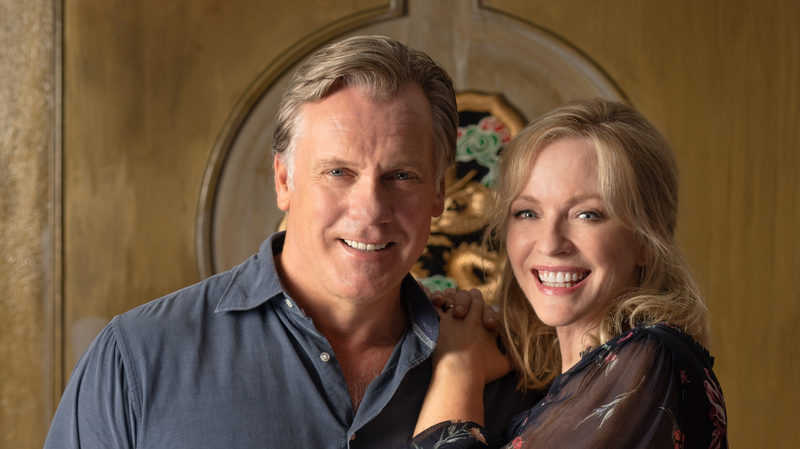Amazon Prime Video this month released the six-episode Back to the Rafters. To recreate the magic of the original series, Amazon Prime Video assembled most of the original Packed to the Rafters cast and the show’s creator, Bevan Lee.
In an interview with Mediaweek, the Australian drama Hall of Famer Lee said he still enjoys the creative process. “But I’m 71 this year, I keep trying to retire. I want to get some rest before I turn up my toes,” he laughed.
“I had a good time working on the return of the Rafter family.
“When I was first approached to do Back to the Rafters I didn’t see a way I could do it. But when I found a way forward I loved it.
Lee plotted the whole of the Back to the Rafters six episodes and wrote episodes one, two and six. “Margaret Wilson, Trent Atkinson and Catherine Thomson wrote the others,” he said.
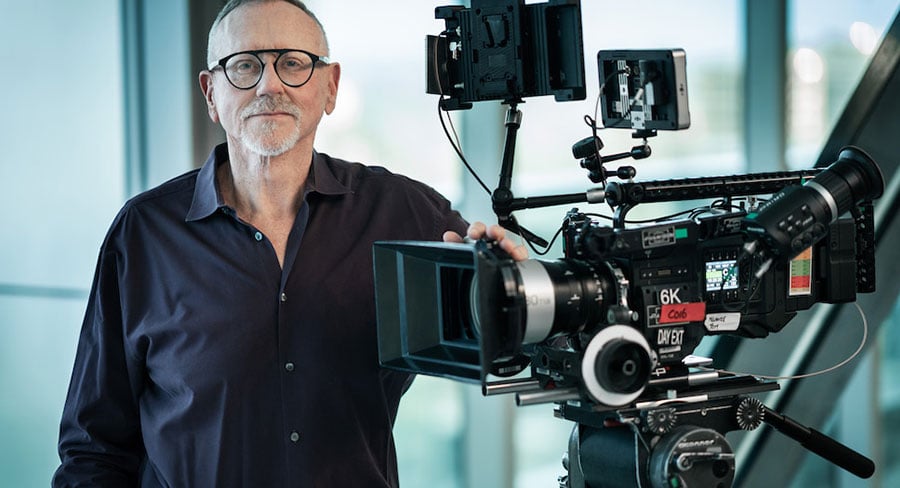
Bevan Lee
Lee’s initial reluctance to bring back the Rafters family was because he had stripped the characters from his mind in the six years since the original ended. “If I didn’t do that I’d be more insane than I actually am.”
Although the new series was made by Seven, it was commissioned for Amazon Prime Video.
“There was no brief from Amazon, I was just asked if I could see a way to bring them back,” Lee told Mediaweek. “I found a story that I wanted tell, one that was very personal to me because it was about the reason behind the breakup of the great relationship of my life.
“That is, what happens when two people truly love each other, but get to a point where to fulfil themselves they realise they possibly can’t do it within the relationship. Two people breaking up while still being in love happens a lot.
“I found it interesting because in the six-year gap between the two series, women’s place in the world had changed quite a lot. The Julie Rafter who was in the show at the end of Packed to the Rafters was a strong woman in a different world. Although Julie was a strong woman, she previously might have thought if that’s the way Dave wants it to be then she would suppress herself and go with Dave.
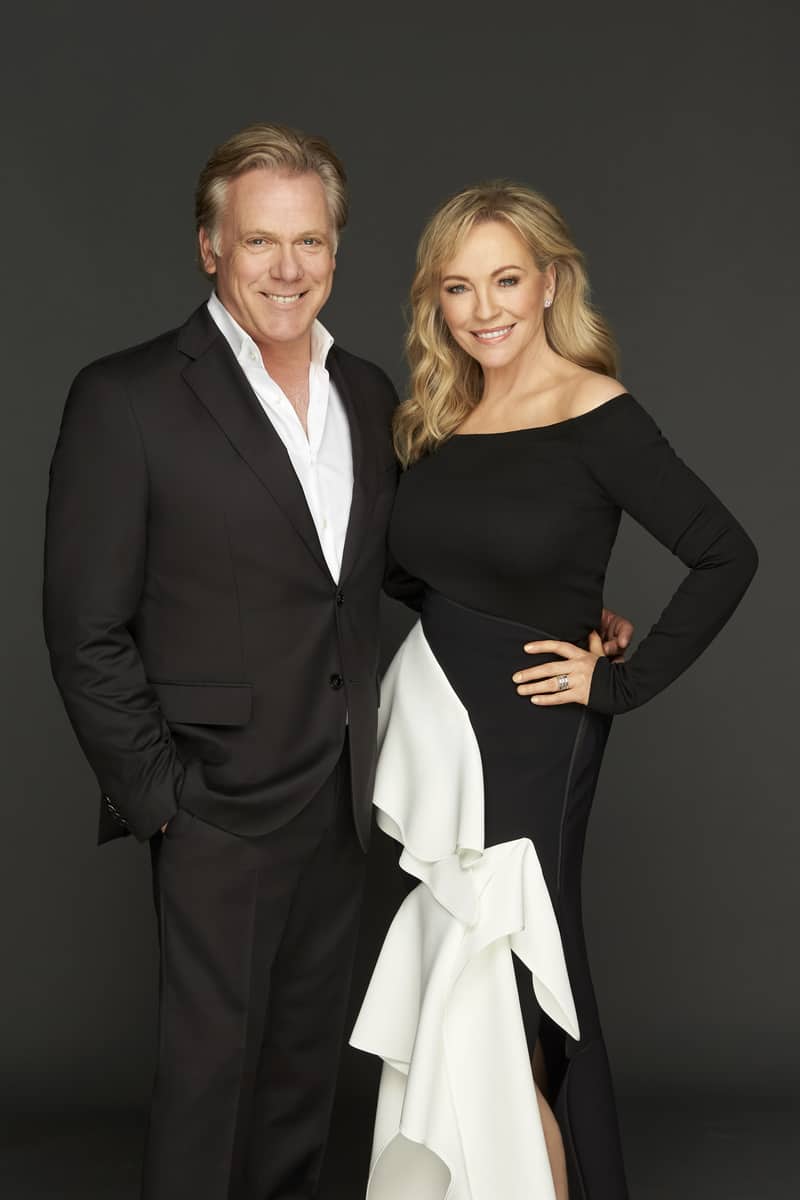
Erik Thomson and Rebecca Gibney as Dave and Julie Rafter
“Women six years later are more likely to say, ‘It’s my time.’
“Amazon was excited by that with a new place for the woman in the family. As commissioners, Amazon raised a few questions along the way, as they have a right to. Sometimes they saw my point, sometimes they argued another point.
“They encouraged us to always think we were also making the series for the international market.”
Lee added: “It was a very pleasant experience to revisit a world I thought I was done with and find that my creativity was such that six years down the track I still had a hell of a lot to say about those people.
“People who watch and accept that these people have moved on are in for six hours of really charming and uplifting viewing. It also proves maybe there is life left in the old dog yet!” [Laughs]
What about more All Saints or Always Greener?
Lee told Mediaweek that Rafters was the only one of his shows he had been asked about remaking, so far.
“If I thought Amazon just wanted to revisit the show without bringing it into the future I don’t think I could have found a way to do it. I had to find something that was worth saying about now. If we just tried to recreate what we had, the whole exercise would have been pointless.”
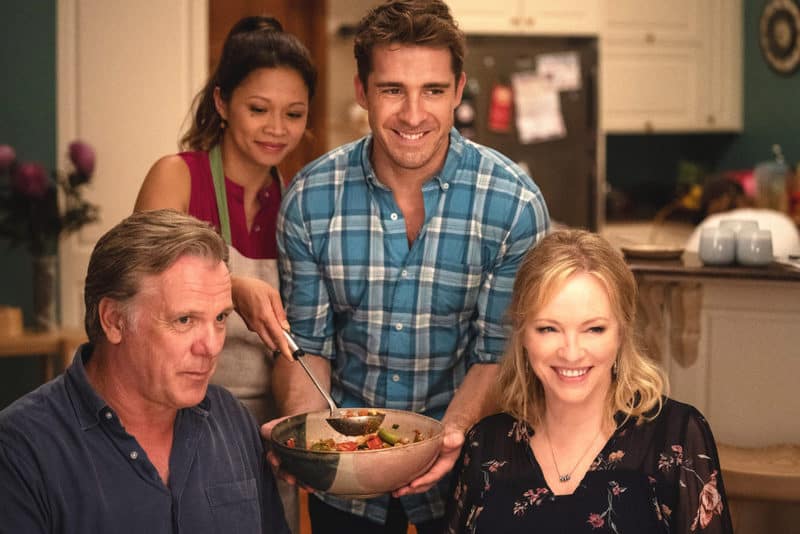
Back to the Rafters
Bevan Lee’s biggest hits
Lee feels most connected to the shows he created from scratch. “For A Place to Call Home I had a vision of a woman on a ship taking a journey. As simple as that. I started asking questions about the woman and it grew into a six-season series shown in hundreds of countries with a huge fan base.”
Always Greener is another one of Lee’s successful creations, and viewers who recall the country life in that will see parallels in the first episode of Back to the Rafters.
“We got nominated for an International Emmy with Always Greener and I thought it was a show that died before its time. Somehow that show has lived on in my creative DNA.
“It was perhaps my whackiest show, it was in a lot of ways my most eccentric show.”
From Sons and Daughters to a Back to the Rafters
During a number of years with Nine as a script executive, Lee oversaw shows created by other people. One of his first major hands-on roles was with Sons and Daughters, “Even though I didn’t create it. Reg Watson wrote the pilot of that and then they gave me the job quite early in my career as a script producer, under the guidance of my mentor Don Battye.
“I remember going to Reg, ‘Where do you see the story going.’ He replied to me, ‘I don’t know, that is your job.’
“A big series for me was when I came in and recreated Home and Away after the opening telemovie wasn’t working.
“I then shared creativity with the lovely lady Susan Bower as we created All Saints.
“Always Greener was really my first big ‘created by’ credit.
“Then followed Headland, Winners and Losers, Packed to the Rafters and then A Place to Call Home. I look at them as ‘my’ shows, but they aren’t of course because you are working with wonderful people supporting you.”
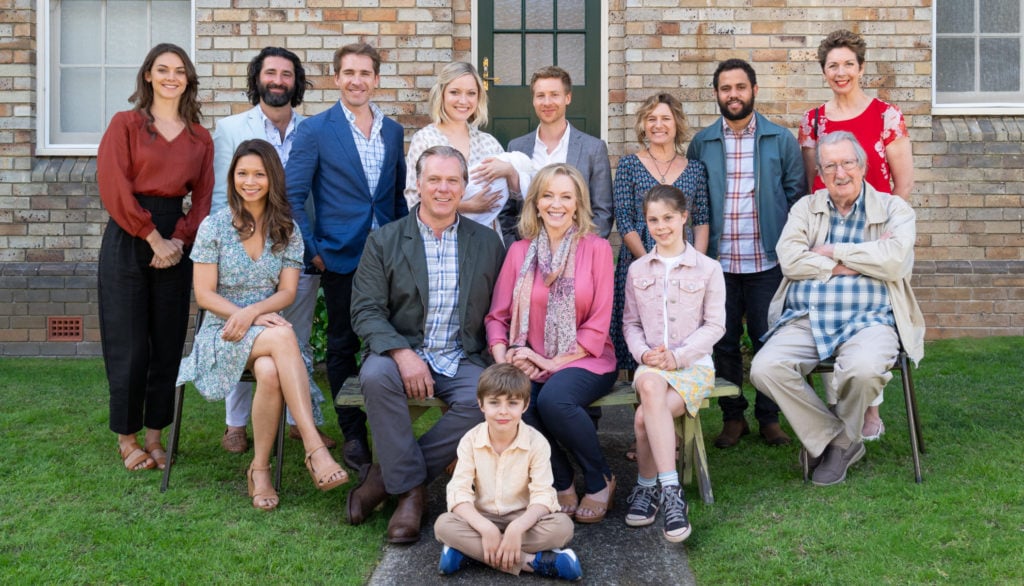
Six-hour mini-series – distilling it down to the pure essence
At its peak, the Bevan Lee drama factory was delivering 44 episodes of All Saints in a year and then Packed to the Rafters was doing around 24. Returning to the Rafters was something quite different.
“It’s a wonderful thing doing a six-hour mini-series. I liken it to drinking a liqueur instead of drinking cask wine. Your storytelling has to be very distilled and you have to have a very specific story to tell.
“Across the six hours it is still Rafters, but it is completely different in the rhythms of the writing to what the show was. When you write just six hours you distil it down to its pure essence. This has a very clear story it is telling – within a family what do you do when mum and dad still loving each other, question if their future lies together. That is very personal to me because I lived it.”
Where does Back to the Rafters rank in Lee’s body of work?
“There are things I love about all the things I do, even the ones that fail. The two closest to my heart would be A Place to Call Home and Packed to the Rafters and the new incarnation.
“When you have success after creating a world that is so embraced – like Rafters or A Place to Call Home – they are important to you because you know you have done something greater than what you set out to do.
“At some level, I have been able to do something more than just entertaining people.”
See also: Foxtel’s Brian Walsh and creator Bevan Lee on final A Place To Call Home series
